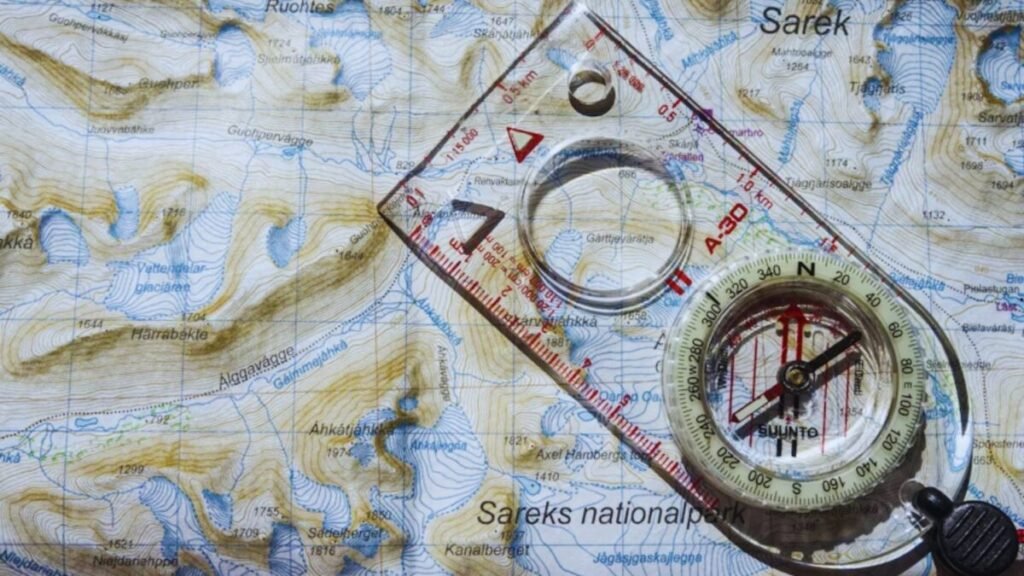Magnetic navigation returns from the past: Understanding the quantum technology that threatens to replace GPS

For centuries, navigators relied on the stars and compasses to blaze trails into the unknown. In a world dominated by GNSS systems, those techniques seemed like historical relics. However, recent events have brought back the spotlight to an ally as old as the planet itself: magnetic field navigation.
### A weakness turned into a threat
Galileo and other GNSS systems have become a weak point in any strategic operation. Interferences and spoofing attacks, increasingly common in conflict zones like Ukraine or the , have revealed how fragile modern navigation can be. This vulnerability has opened the door to a surprising comeback: using the planet’s magnetic anomalies as a natural guide, a technique that seemed impracticable.
### The invisible map beneath our feet
The Earth holds unique magnetic traces, originating from the orientation of ferromagnetic minerals during rock formation. These “anomalies” remain stable for decades and serve as fixed references, impossible to forge and naturally silent. With a detailed map and a precise sensor, it is possible to locate an aircraft or a submarine without the need for external signals.
### Quantum magnetometry: atomic precision in action
The resurgence came with quantum magnetometers, capable of recording minuscule variations in the magnetic field thanks to atoms excited by lasers. These devices reach sensitivities of picoteslas, allowing the detection of local signatures and real-time comparison with reference maps. In recent tests, aircraft equipped with this technology achieved errors of less than 30 meters on long trajectories, surpassing traditional inertial systems without the need for external corrections.
The potential is enormous, but not without limits. The lack of detailed maps in oceans or polar regions, as well as temporary interferences caused by solar storms, still restrict their widespread deployment. Nevertheless, the combination of autonomy, discretion, and reliability makes it a key resource for military operations, geological exploration, and even medical applications, where research is already underway to monitor the heart or brain without invasive contact.
Returning to the basics is, in a way, going back to essentials. In a future marked by electronic warfare and the fragility of communications, this technology reminds us that sometimes the safest compass is not in space… but right beneath our feet.




